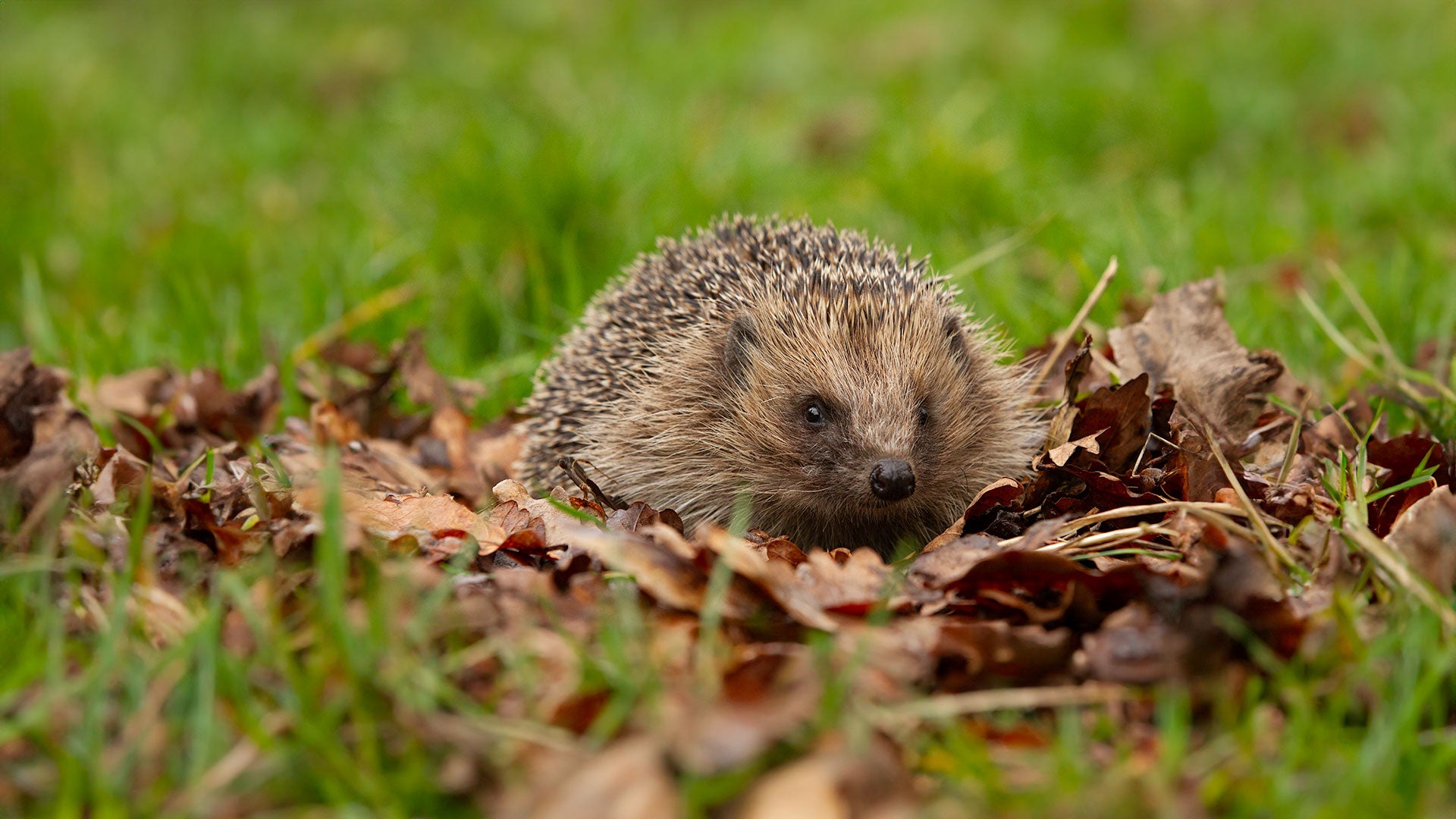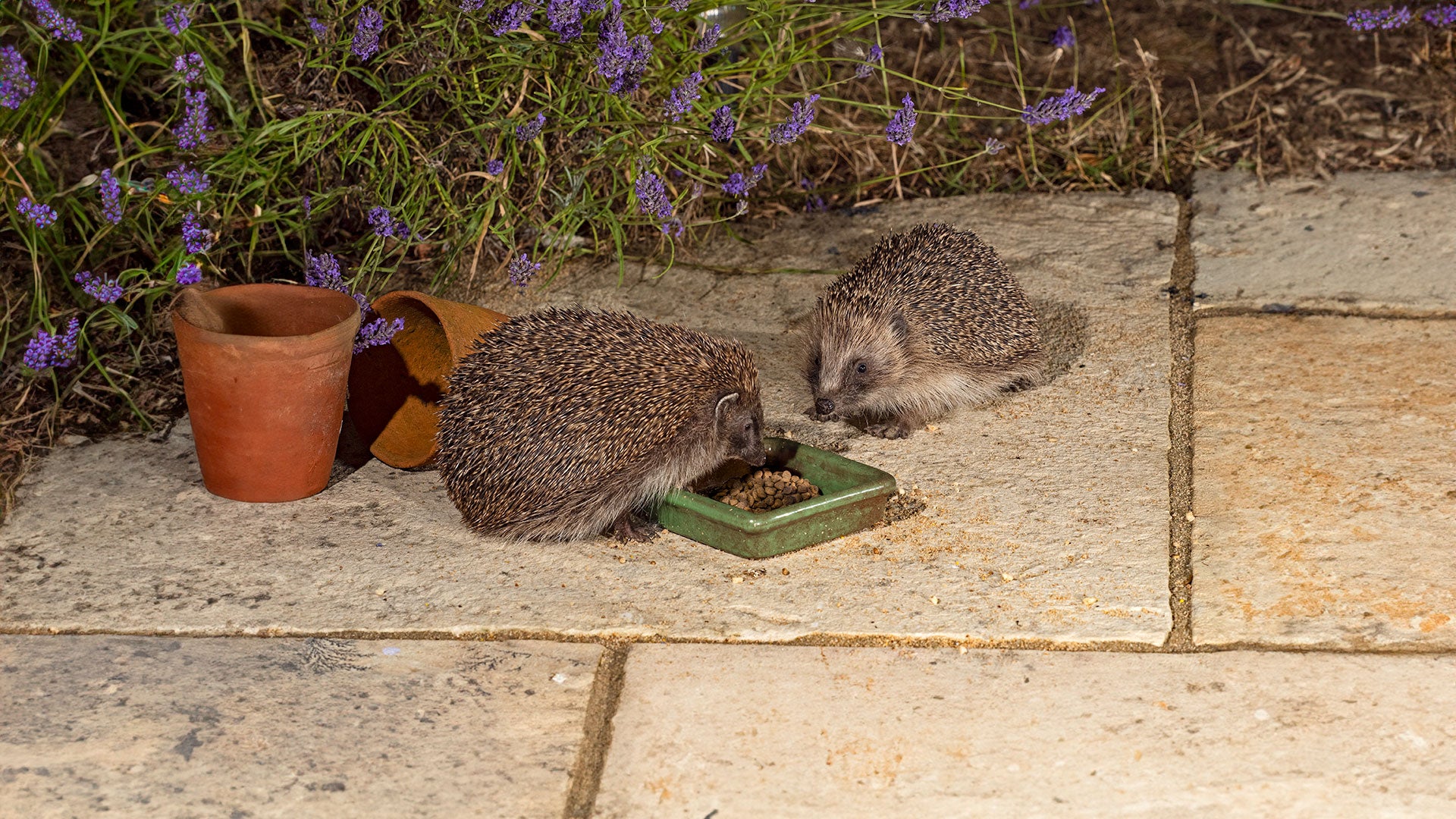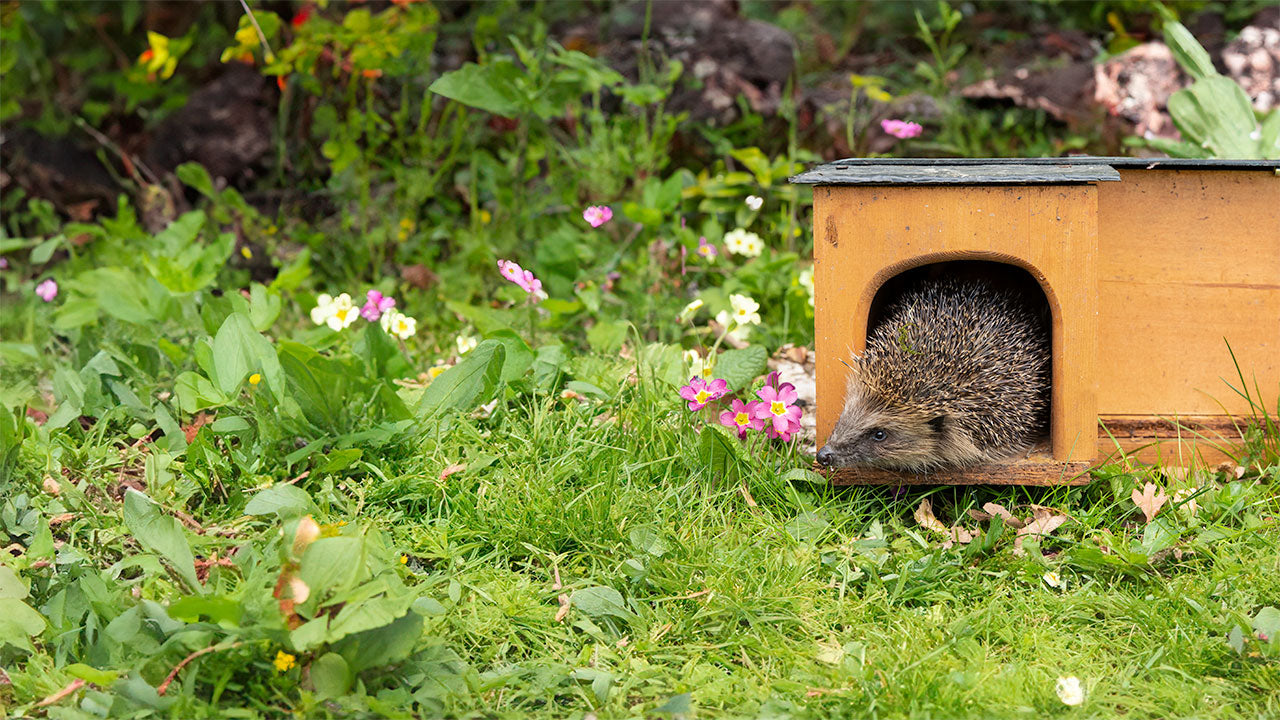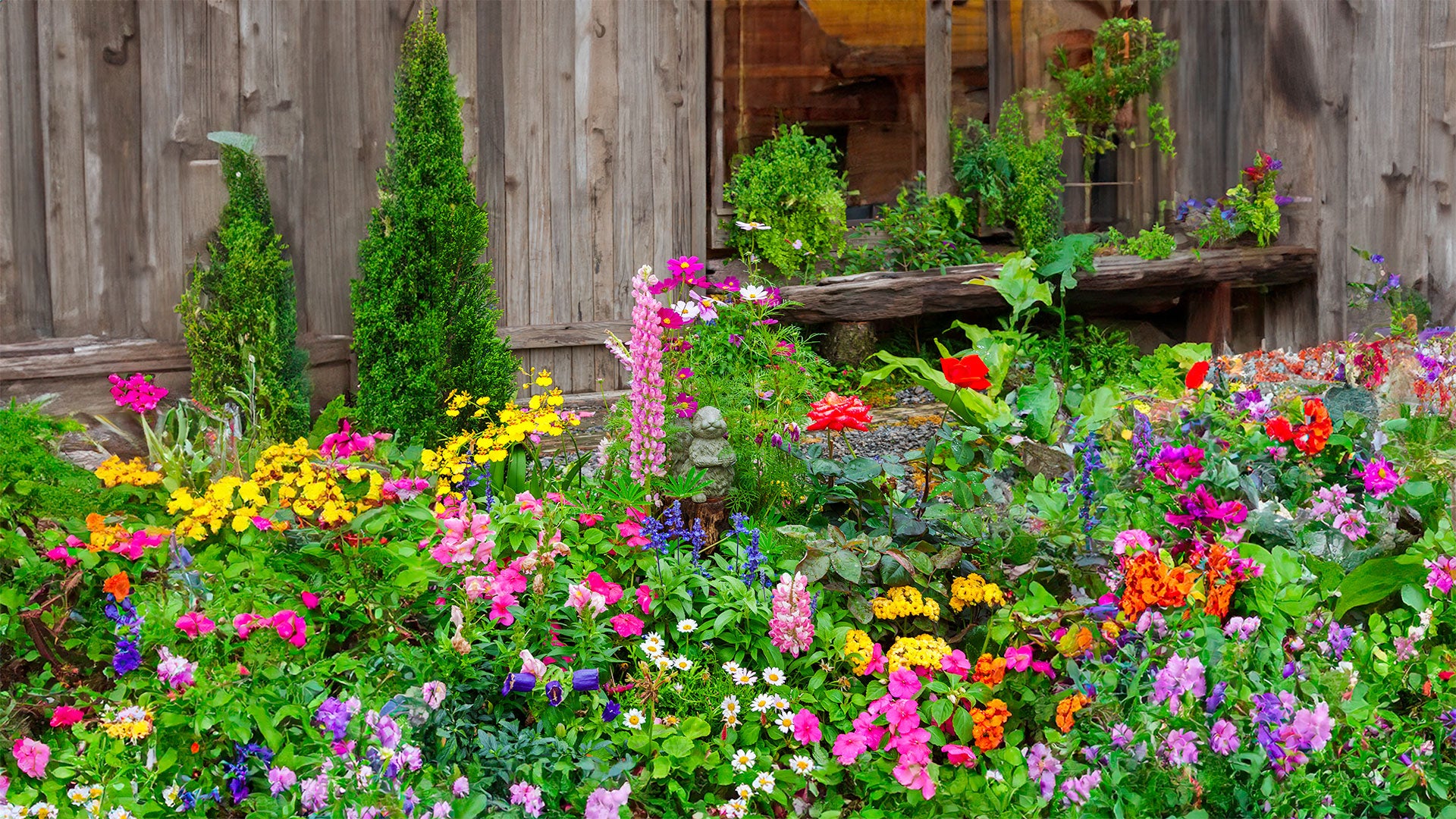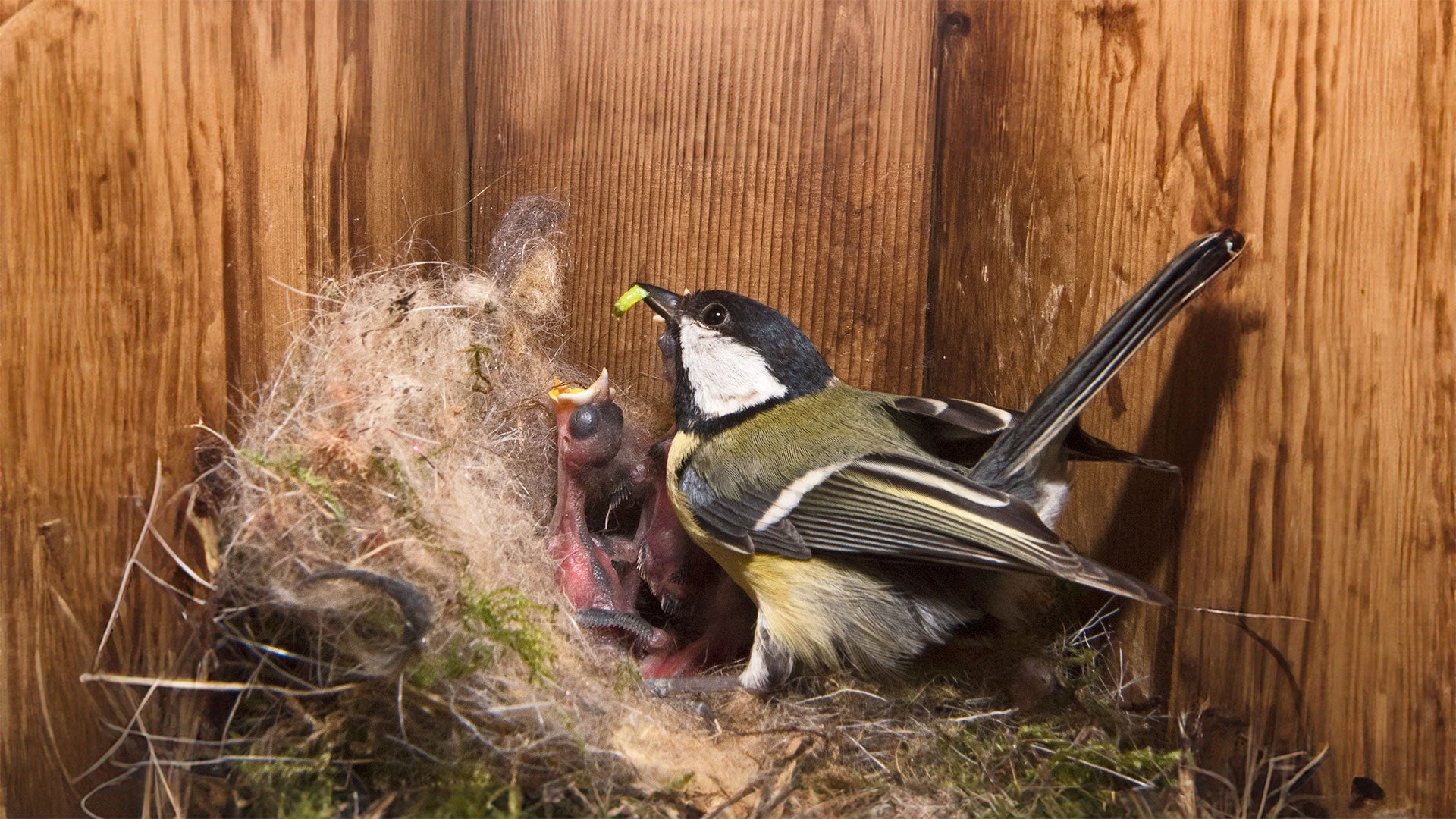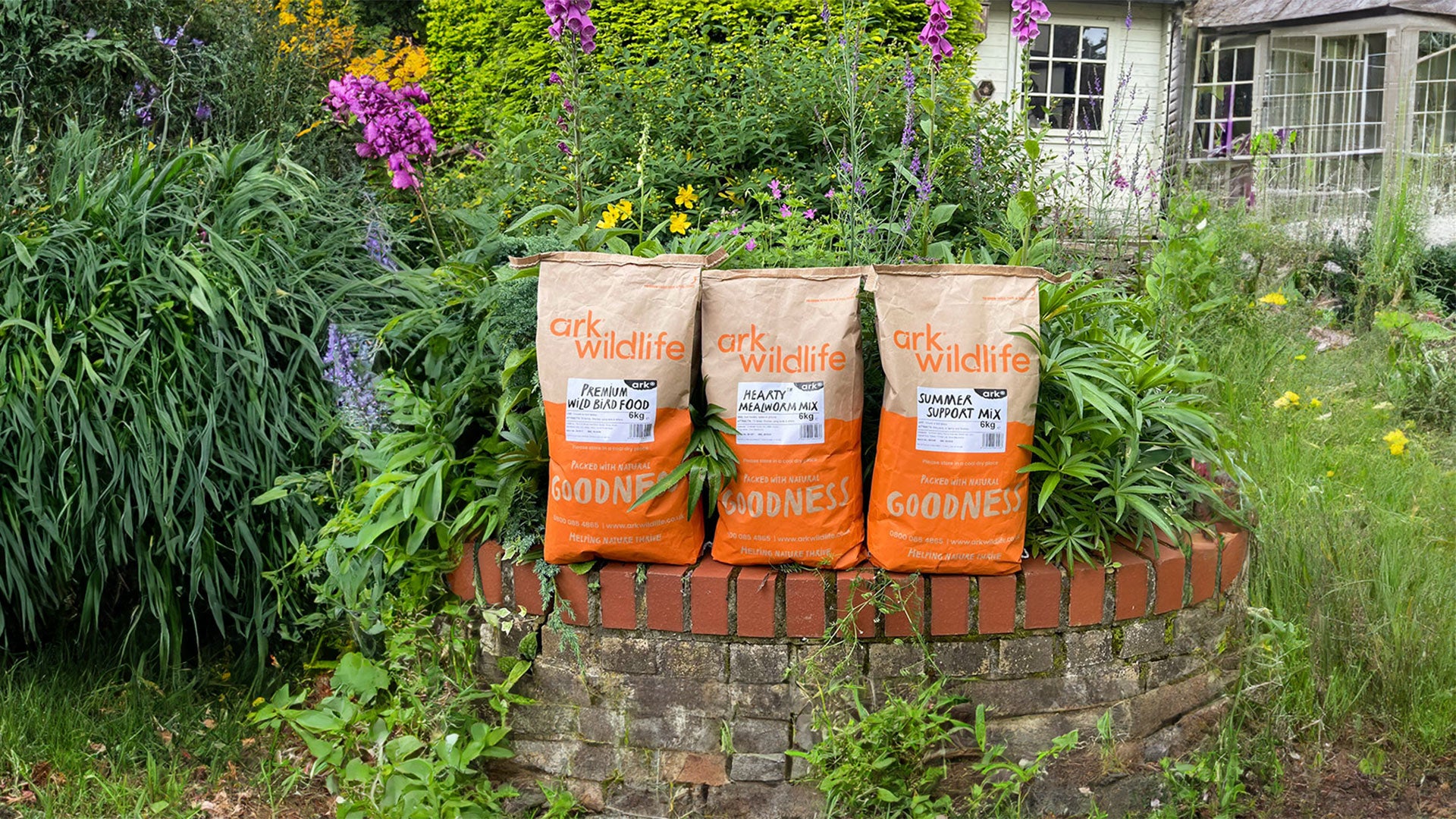Have you got hedgehogs in your garden? How to identify a hedgehog, and many more common questions answered.
The first thing to remember is hedgehogs, being nocturnal, will be curled up fast asleep in a quiet corner when we’re typically in the garden. So you’ll either need to sit up all night with a torch listening intently, have a camera, or, more realistically, look for the subtle clues that hedgehogs have passed through during the night.
Do you have a hedgehog in the garden at night?
There are some tell-tale signs that you have had a hedgehog visitor in your garden. This might include the leaves, compost and log piles being disturbed. If you already have a hedgehog home or a feeding station set up, you can check if the hedgehog food has been eaten or if there have been signs of movement. Place a large leaf over the entrance and check back in the morning to see if it’s moved.
Here, we reveal the other ways to identify if you have had a hedgehog in your garden at night.
Hedgehog footprints
When the ground is very soft, hedgehogs may leave footprints where they roam (or you can plant a sand trap). Hedgehog footprints can be identified by the five toes on each foot, although sometimes only four are visible from the prints. They are about an inch round, with the toes on the front feet well-splayed, while the toes on the rear feet are long and slender.
Hedgehog tracks
Hedgehogs have regular routes they follow each night and leave telltale ‘tunnel’ hedgehog tracks through longer grass, shrubs and hedges, as well as gaps in fences. Dewy mornings are a good time to spot the tracks of passing hedgehogs.
It’s not unusual to find several zig-zag tracks across a dewy springtime lawn, where hedgehogs have been busily tracking back and forth seeking grubs, bugs and worms. They’ll rise at dusk and forage throughout the night, snuffling and snorting and trying to put on as much weight as they can.
Hedgehog poo
Hedgehogs pass a surprising amount of poo due to their healthy, fibre-rich diet. To differentiate hedgehog poo in the garden, look for firm dark droppings about 1-2” long and ¼-1/2” in diameter. The surface is rough and irregular, with beetle shells usually visible.
Usually, very dark brown or black in colour and roughly sausage-shaped, hedgehog poo can be found in areas where they have been foraging for food, such as lawns, fields and undergrowth.
Hedgehog noise
What noise does a hedgehog make? Hedgehogs are unexpectedly noisy creatures, snorting and snuffling as they forage in the undergrowth. Scratching sounds supported by pig-like grunts and snorts indicate the presence of a hedgehog. Often huffing and puffing while searching for food, they can also be heard hissing, snarling, growling, clicking, and even screaming.
The presence of hedgehogs in gardens is often identified by the noise they make rather than by sight, as they snuffle through the undergrowth searching for food. This snuffling can be so loud you can hear it from some considerable distance away.
They hiss when anxious and feel their personal space has been invaded, either by other hedgehogs or animals, including humans. This means they want to be left alone. If they feel threatened, they’ll curl up in a ball and bristle their spines while clicking and snarling, making their bodies jump and convulse to drive the threat away.
If attacked or injured, hedgehogs will scream. Their screams are indistinguishable from human cries, and the police have been called out many times by worried neighbours thinking someone is in distress or being attacked. Hedgehogs also indulge in lengthy mating rituals, which often include their entire vocal repertoire, from huffs, puffs, clicks and screams.
Where do hedgehogs live?
Gardens, hedgerows and light woodlands are all potential hedgehog habitats. Hedgehogs will want to avoid badgers, which may prey on them, but they’re not usually too concerned by humans.
Rarely seen in open countryside nowadays, urban areas and gardens, in particular, have become a vital habitat. Making your garden accessible and friendly to wildlife is very important. You can also create access gaps in your fences to help hedgehogs pass through, making a hedgehog highway.
In autumn, as the days get shorter and nights get colder, hedgehogs seek warm, dry winter quarters suitable for hibernation (you can check out our hedgehog hibernation calendar for more information). Once they’ve found a site, they’ll begin to collect leaves, dry grass, brush, etc. to form a nest.
Hedgehogs generally like to nest at the base of thick hedges, under bramble bushes, underneath piles of rubbish or compost heaps, or close to garden sheds. If you want to help our spikey friends feel safe and cosy in your garden, check out our homes for hedgehog starter pack .
Hedgehog identification
Wondering what exactly hedgehogs look like? These nocturnal creatures are unique in their appearance. They grow up to 30cm in length and have soft, hairy bellies and a back covered in spines or spikes. These quills will be brown and/or white and around 2-3 cm in length, depending on the age of the hedgehog. They have a short tail hidden beneath their spines and legs around 10cm in length, only really visible when running.
Are male hedgehogs bigger than females?
Male hedgehogs are sometimes larger than female hedgehogs. However, this is not a definitive way to identify the gender of a hedgehog. Males can be identified by what looks like a large “belly button” in the mid-abdominal region, and females will not have this same bump.
How long do hedgehogs live for?
A wild hedgehog in the UK is expected to live for 2-3 years, however, they can live up to 10 years. In the UK we know that only four hedgehogs in 1,000 make it past the age of seven. So although we know hedgehogs have the potential to live a longer life, why is the average lifespan so short?
There are various factors that impact this, including the portion of hoglets that don’t make it out of the nest. The natural world presents many dangers, as do the threats created by humans. Hibernation is another difficult time for hedgehogs, with starvation being the primary cause of death, alongside extreme weather, predators and poorly constructed nests that do not protect the hedgehog through winter.
Natural injuries, illness and disease, road accidents, and garden injuries all mean hedgehogs are not living as long as they should. To help keep hedgehogs safe, discover more with our guide to a hedgehog friendly garden.



